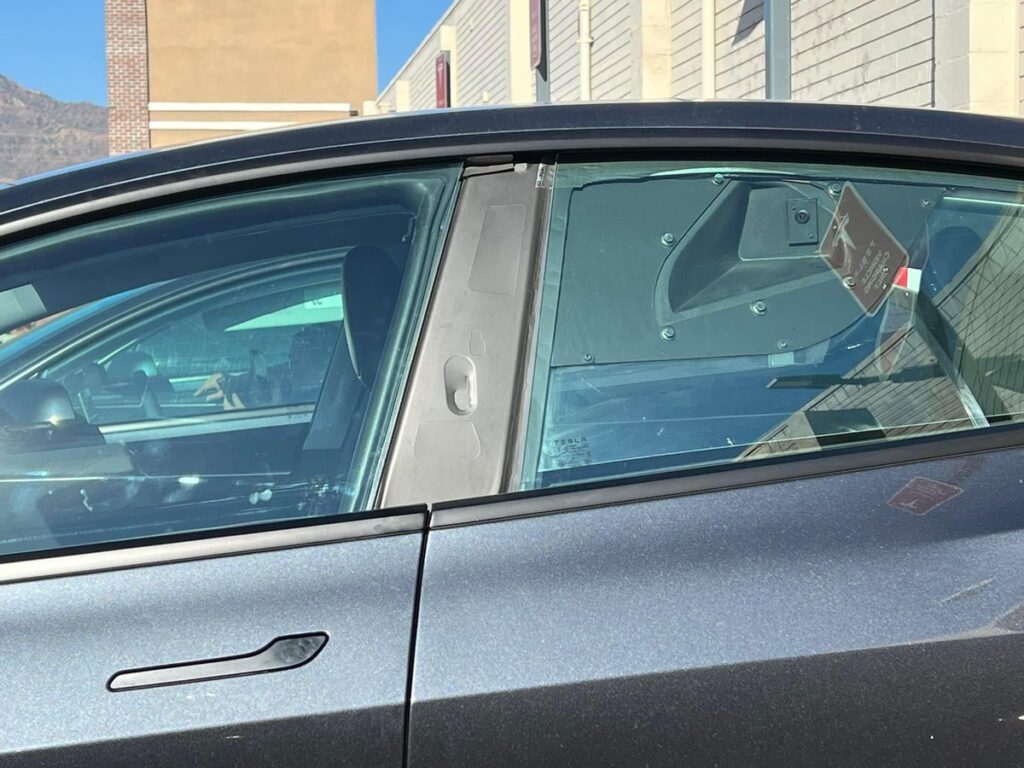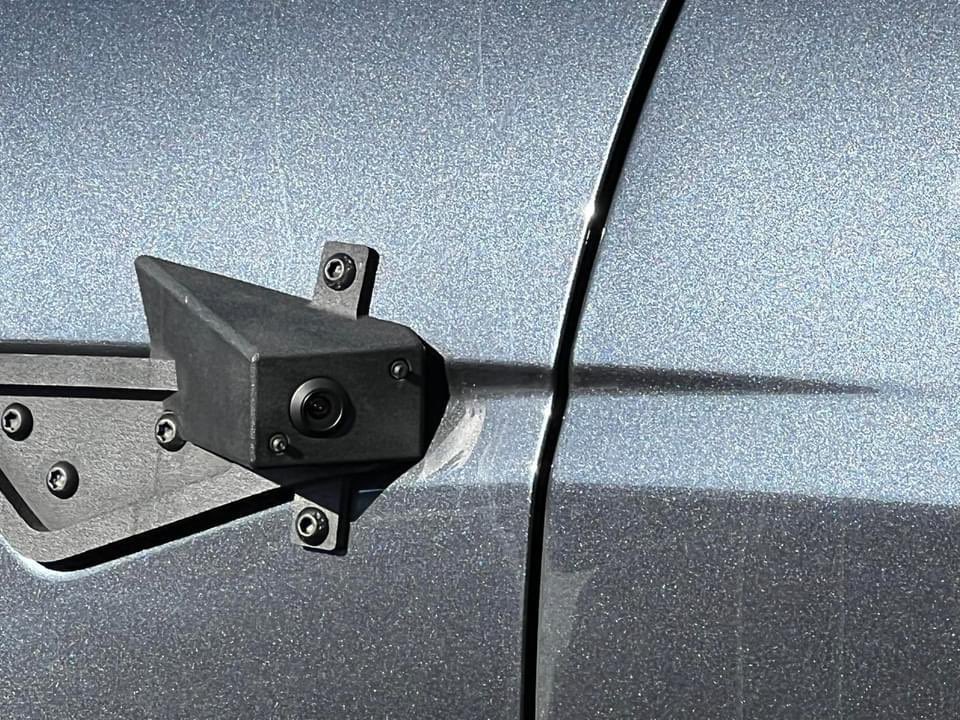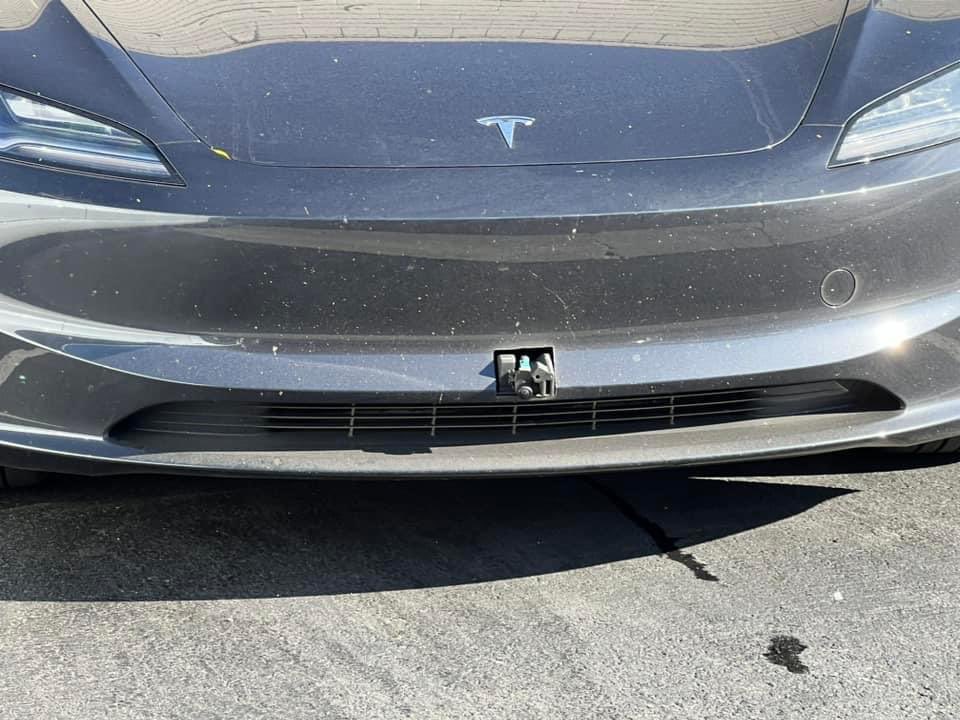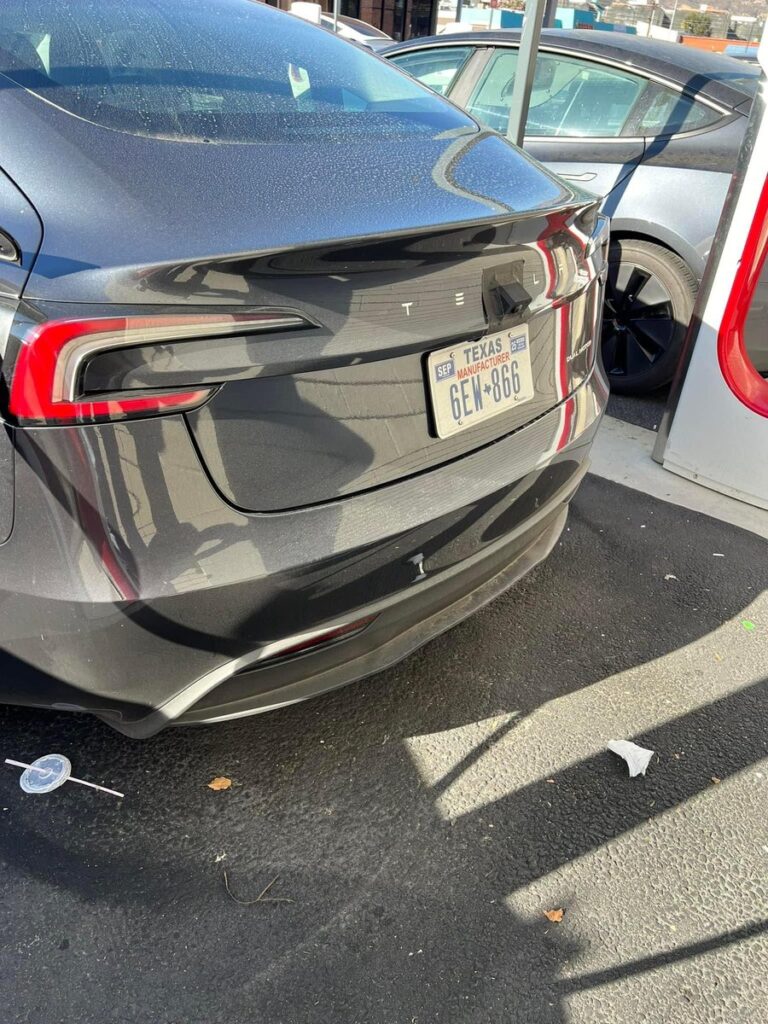Tesla Model 3 Prototype Hints at the Future of Autonomous Vehicles
Tesla has once again stirred the automotive industry with an intriguing Model 3 prototype that was recently spotted without traditional side mirrors and featuring unconventional camera placements. The prototype appears to be tailored for Tesla’s anticipated Robotaxi or CyberCab programs, suggesting a leap forward in autonomous driving technology.
Innovative Design Features
One of the most striking elements of this prototype is the absence of side mirrors. Instead, cameras have taken their place, possibly enhancing aerodynamics and providing a wider field of view. The vehicle also sports a distinct front bumper camera, which could be a game-changer for object detection and navigation in autonomous modes.




Enhanced Safety and Visibility
Tesla’s choice to replace side mirrors with cameras isn’t just about aesthetics or aerodynamics. The high-tech cameras can potentially offer superior visibility compared to traditional mirrors, reducing blind spots and improving overall safety. The front camera placement likely adds another layer of safety, enabling the vehicle to detect obstacles and navigate more efficiently.
A Step Towards Tesla Robotaxi
The prototype’s design leaves little doubt that it’s a test vehicle for Tesla’s upcoming Robotaxi service, which aims to revolutionize urban transport. The absence of traditional mirrors and the presence of multiple cameras suggest that this vehicle is primed for full self-driving capabilities. As Tesla inches closer to making its Robotaxi dream a reality, this prototype might be a crucial stepping stone.
CyberCab: The Urban Mobility Solution
Elon Musk has often spoken about his vision for sustainable and efficient urban mobility. The CyberCab concept, which this prototype might also be testing for, is all about providing a convenient, eco-friendly transportation option for city dwellers. With optimized camera placements and advanced autonomous features, the CyberCab could significantly reduce traffic congestion and emissions in urban areas.
Regulatory Considerations
The adoption of mirrorless vehicles will also have to navigate regulatory hurdles. Current laws in many countries mandate the use of side mirrors, and Tesla will need to work with regulators to ensure that their innovative designs meet safety standards. However, given Tesla’s history of overcoming regulatory challenges, it’s likely that they will find a way to bring these cutting-edge vehicles to market.
The Future is Camera-Powered
As we look to the future of autonomous vehicles, the shift from mirrors to cameras could become standard in the automotive industry. Tesla’s Model 3 prototype serves as a glimpse into what’s to come: enhanced safety, improved aerodynamics, and advanced autonomous capabilities. While there are still many hurdles to overcome, this prototype indicates that Tesla is well on its way to revolutionizing personal and urban mobility.
The road ahead is promising, and the Tesla Model 3 prototype without side mirrors might just be the vehicle that accelerates us into a future where autonomous driving is the norm.
